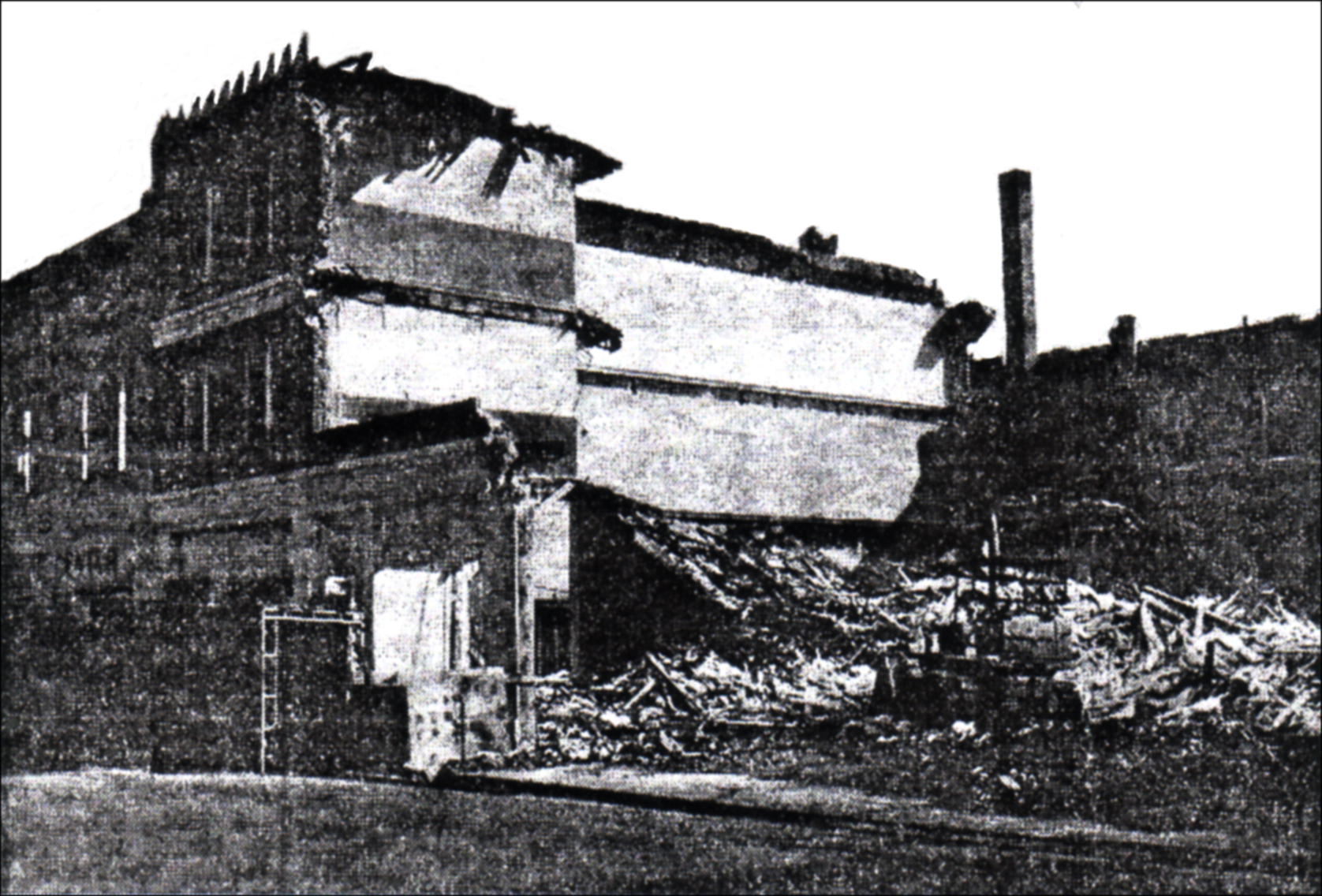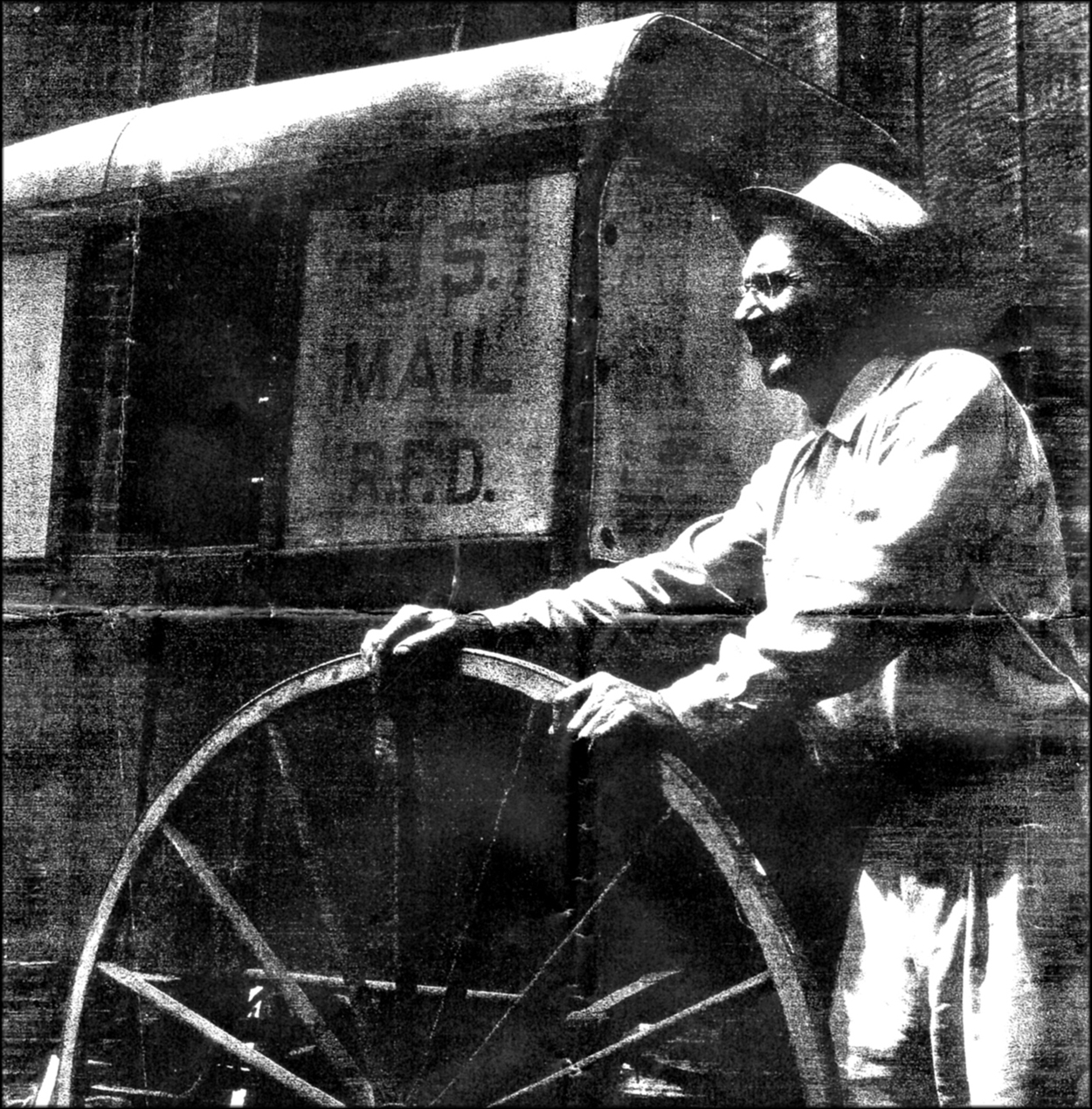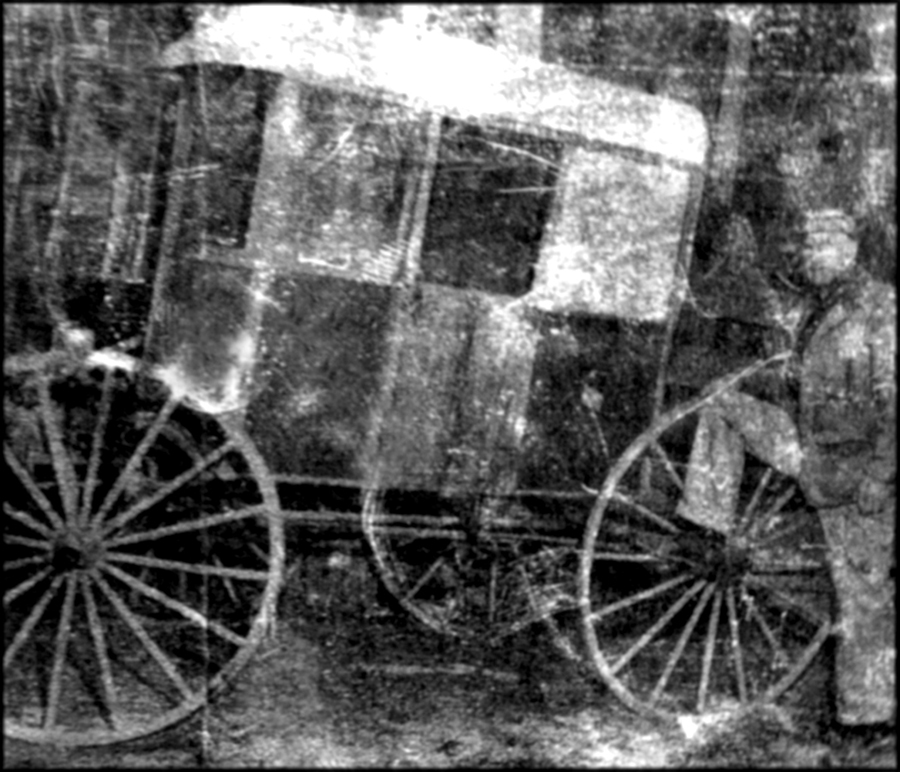I appreciate Harold “Hal” J. Hunter's Jan. 14 letter to the editor titled, “Preserving History Should Be a Priority of the City.” I wholeheartedly agree. Today's column contains the first of several articles I will feature over time involving a landmark that is no longer a part of the East Tennessee scene. There have been so many in recent years.
In 1971, Paul R. Smith, former writer for the Johnson City Press-Chronicle called attention to the demise of the old 3-story Dixie Hotel that occupied 109 W. Market Street. Some of us will recall when it was located across the street from London Hardware Co.

Building Along the 100 Block of W. Market Street, including the Dixie Hotel,Being Razed in 1971
The vacant, outdated and nearly forgotten hostelry was leveled that year in connection with Johnson City's Urban Renewal Program. It was only a short time later that the building at 105 W. Main, was razed. This was according to Robert Sliger, executive director of the Johnson City Housing Authority, who further noted that other downtown structures were targeted for demolition in the near future.
Two other hotels conducted business at 109 E. Market: the Palace (c1930) and the Grand (c1935). Two hospitals also operated there – Jones Eye, Ear, Nose and Throat Hospital (c1923) and Goss Hospital (c1928).
The picture shows the building about halfway destroyed. Weather conditions prevented a speedy clearance of the entire building which occupied the 100 block. This property was in close proximity to the plot of land between W. Market and W. Main that was used by Henry Johnson, founder of the city. He build a combination residence and merchant store near that spot.
The Dixie Hotel was erected in 1922 by the late Dr. James H. Preas, Sr., physician and surgeon, who died there during the time he maintained an office on the ground level. His beautiful residence was at 1300 Buffalo Street on Rome Hill.
The Market Street building fronted 60 feet and extended back 92 feet to an alley that adjoined the old Hoss property, the former Dyer boundary and what was formerly known as the W. Worley property.
The upstairs hotel portion of the facility contained 19 rooms. Four businesses were located at street level. The hotel portion of the property had not been used as a hotel for several years. It's abandonment was attributed partly to a damaging fire that occurred there.
In 1963, the city's appraisal for tax purposes was lowered drastically because of what official city records showed to be “economic obsolescence due to low income.” The old hotel formerly was patronized to a large extent by tobacco growers of outlying areas and by transients at burley tobacco marketing time.
Also, the hotel and other structures along that block were part of a changing scene that called for connecting Commerce and Lamont streets. There was also be an economic adjustment in the vicinity, seeing the shift of old established nearby businesses, some closing entirely.
Check out the companies that operated from that site from 1911 through 1972.
1911: 109 (vacant).
1913: 107-09 C.G. Hannah & Co., wholesale dry goods.
1915: 107-09 C.G. Hannah & Co.
1917: 107-09 C.G. Hannah & Co., 109 Burbage Produce Co. (Henry I. Burbage).
1922: 109 (vacant).
1923: 109 Preas Building; Jones Eye, Ear, Nose & Throat Hospital, U.G. Jones, physician; E.C. Campbell, Mrs. Pearl Campbell; 111 J.H. Preas, Physician.
1926: 109 Preas Building; Jones Hospital.
1928: 109 Goss Hospital; 111 Preas Building, James H. Preas, physician.
1930: 109 Palace Hotel; 111 Preas Building.
1935: 109 Grand Hotel.
1939: 109 Dixie Hotel; single residence.
1941: 109 Dixie Hotel.
1948: 109 Dixie Hotel; 109.5 Cameron's Jewelry.
1953: 109 Dixie Hotel, W.A. Payne, manager.
1955: 109 Dixie Hotel; J.C. Krouse Jeweler; R.L. Cochran Jeweler.
1958: 109 Dixie Hotel; J.C. Krouse Jeweler; R.L. Cochran Jeweler.
1960: 109 Dixie Hotel; J.C. Krouse Jeweler.
1964: 109 Dixie Hotel; J.C. Krouse Jeweler.
1970: J.C. Krouse Jeweler.
1972: (vacant, building razed).









-573x400.jpg)
.jpg)